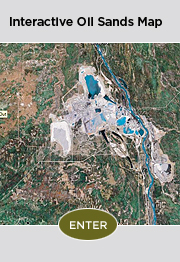Employment
Fact: The oil sands industry relies on thousands of people to fill its long-term permanent operations jobs.
- In 1998, there were approximately 6,000 people directly employed in oil sands operations jobs in the Fort McMurray/Wood Buffalo region. By 2008, this number had doubled to approximately 12,000.
- Between 2008 and 2010, an additional 3,000 new operations jobs are expected to be created.
- For every permanent operations job created by the oil sands industry in the Fort McMurray/Wood Buffalo region, there are approximately three additional jobs created locally and six more created nationally.
Fact: The oil sands industry relies on thousands of additional people in the construction industry.
- Depending on the needs of the industry, there are between 8,000 and 30,000 people employed to build and maintain facilities at any given time.
Facts sourced by Oil Sands Developers Group (October 2009).
Sources for all facts available upon request.




















